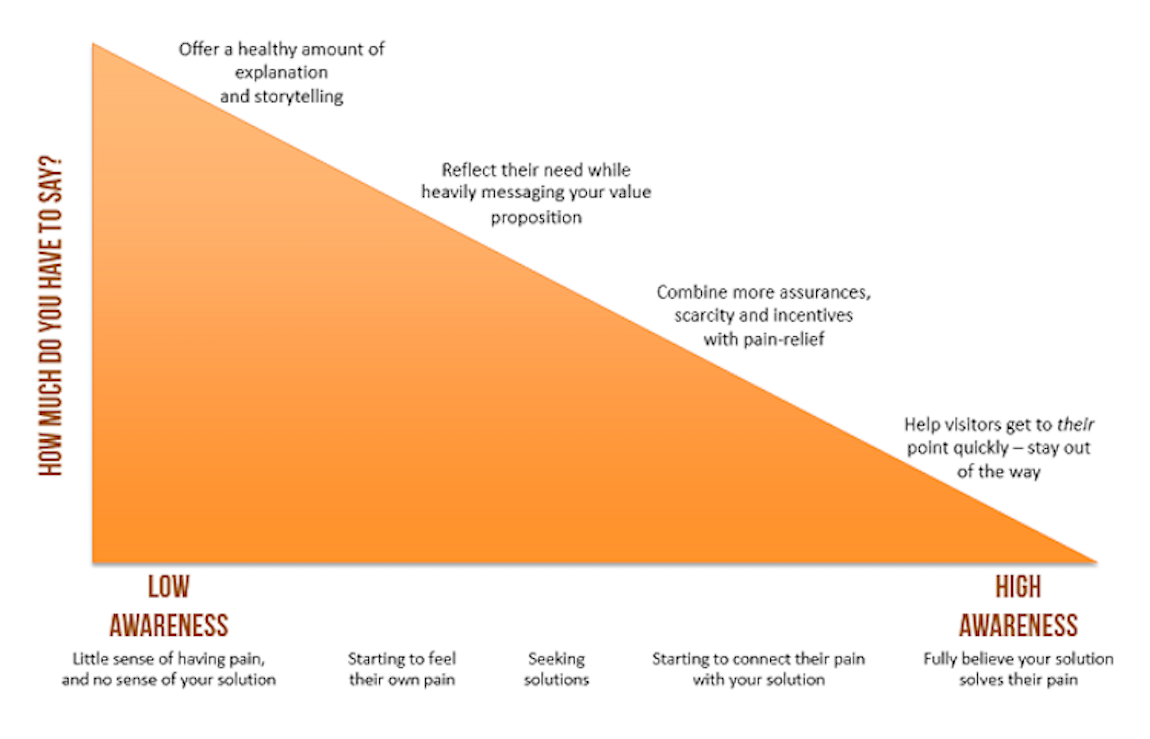B2B Monday Myth: Your Website Is an Online Brochure
by MGB2B
The Myth: Your Website Is Like an Online Brochure
The Truth: Your Website Should Be Used as an Engagement Tool
Your website should offer more to your visitors than a listing of services or products. It should do more than simply tell people who you are (although it should do that at the very least). Think about what your prospects want from your website. Then think about what you want them to find out.
Take into account how your prospects make purchasing decisions. Chances are, a visitor is not going to arrive on your home page and decide right then to buy your product. It takes time, and they are likely exploring competitors. To foster engagement, your website must go beyond what’s contained in a traditional brochure. But it needs to have a clear path for your prospects to follow.
Here Are the Keys to Building a Better B2B Website, and More Effectively Convert Leads:
Define The Primary Function Of Your Site
Clearly identify what you want people to get out of your website. What actions would you like them to take now that they’ve visited you? Is your overall goal to provide buying solutions, or is it to direct a customer to a sales representative? These two functions are very different, and the decision you make will change how your website is set up. Once you know what you want your visitors to do, you can provide them with a clear call-to-action.
Give Your Home Page Purpose
Your home page should very clearly state who you are and what you do. These are basics for what the visitor should get from initially viewing your website. It is also helpful to state your value proposition, or a clear statement that tells the customer what benefits you can provide them.
This may be the first thing website visitors see when checking out your website. First impressions are important. If your home page has too much going on, or doesn’t have a clear call-to-action, people will move on. Keep it simple and easy to navigate.
Create User-Focused Landing Pages to Build Your Leads List
If you haven’t already, you should consider landing pages that live as a part of your website but focus on specific topics that interest prospects. For instance, if you are a manufacturer or components for multiple verticals, but you want to push a product that benefits only the aerospace community, a specific landing page will help you get the job done. You can drive the exact type of prospect you are looking for to this page using Paid Search. If their search terms match what you’re offering, they find a product that is relevant to them instead of finding your home page. Furthermore, you can use the page to capture their information and get them into your sales funnel, instead of having them kick around on your home page, then bounce on over to your competitor’s site.
Use Content To Your Advantage
Another way to drive people to your website is by creating relevant content, usually in the form of a blog. Doing so is a good way to provide information while positioning yourself as an honest company with integrity and authority. Some larger companies go beyond the blog and create full, separate sites just devoted to content. You have to examine what your capacity is for creating content, and churn out only what you feel will be most effective given the time you put into creating it. Whatever you create, make sure it is optimized in order to draw in prospects who are in the right mindset. It is a slower burn than Paid Search, but a great way to gain the trust of a prospect over time.
If your website is only providing information, you are missing out on these key opportunities. Give your site more of a purpose, and use the web as a tool instead of a stand-alone collateral piece, and you’ll both engagement and leads start to rise.
Continue ReadingB2B Monday Myth: Landing Pages Should Always Be Short and Sweet
by MGB2B
The Myth: Landing Pages Should Always Be As Short As Possible
The Truth: One Size Does Not Fit All. Sweet Definitely. But Not Necessarily Short.
Perhaps you’ve asked yourself the question: How long should my copy be? Or maybe you’ve heard that in order to maintain your audience’s attention, your messaging should always be short, sweet, and to the point. However, you should never write copy with a predetermined length in mind. Whether you are creating an argument, a story, or an explanation, the length of the copy will depend on what you have to say, who you are talking to, and what you want them to do after reading your page. So how do you identify a prospect’s state of awareness? And most importantly, how do you nurture them into making a decision?
In this article written by Brian Clarke, he references an ideology thought up in the book Breakthrough Advertising by one of the greatest copywriters of all time, Eugene Schwartz – the 5 stages of prospect awareness. By understanding these stages, you can more easily define who you’re talking to and more clearly set your goals. These are the stages as Schwartz outlines them in Breakthrough Advertising:
The 5 Stages of Prospect Awareness
Most Aware – The prospect is aware of your product and is only interested in “the deal.”
Product-Aware – The prospect is aware of what you sell, but doesn’t know if it’s a good fit for them.
Solution-Aware – The prospect is aware of how to solve their problem, but doesn’t know if your product will do the job.
Problem-Aware – The prospect is aware of the problem, but doesn’t know how to solve it.
Completely Unaware – No prior knowledge of anything besides their own identity and opinion.
Now that you have an idea who your landing pages are targeting, you can start to zero in on how much information is needed to inspire a decision. Circling back to the article by Joanna Weibe, she created this chart to help guide that process:
The more unaware your target is about your product, the more word mileage it will take to captivate them. Similarly, it will take longer to convert them as well. On the contrary, the more aware your target already is about what you have to offer, the less they’ll want to read. They just want you to cut to the chase. The main thing that matters is that whatever you include on the page, whether it’s a paragraph or a tome, the content can sway your audience.
One of the best tests you can do is to bounce your copy off someone who is at the level of awareness you are writing to. How do they react? What is interesting to them? What’s making them yawn? Next time you ask yourself: “How long should my copy be?” take their answers into account before you go back and edit your landing pages.
Need a hand creating landing pages? Drop us a line.
Continue Reading

